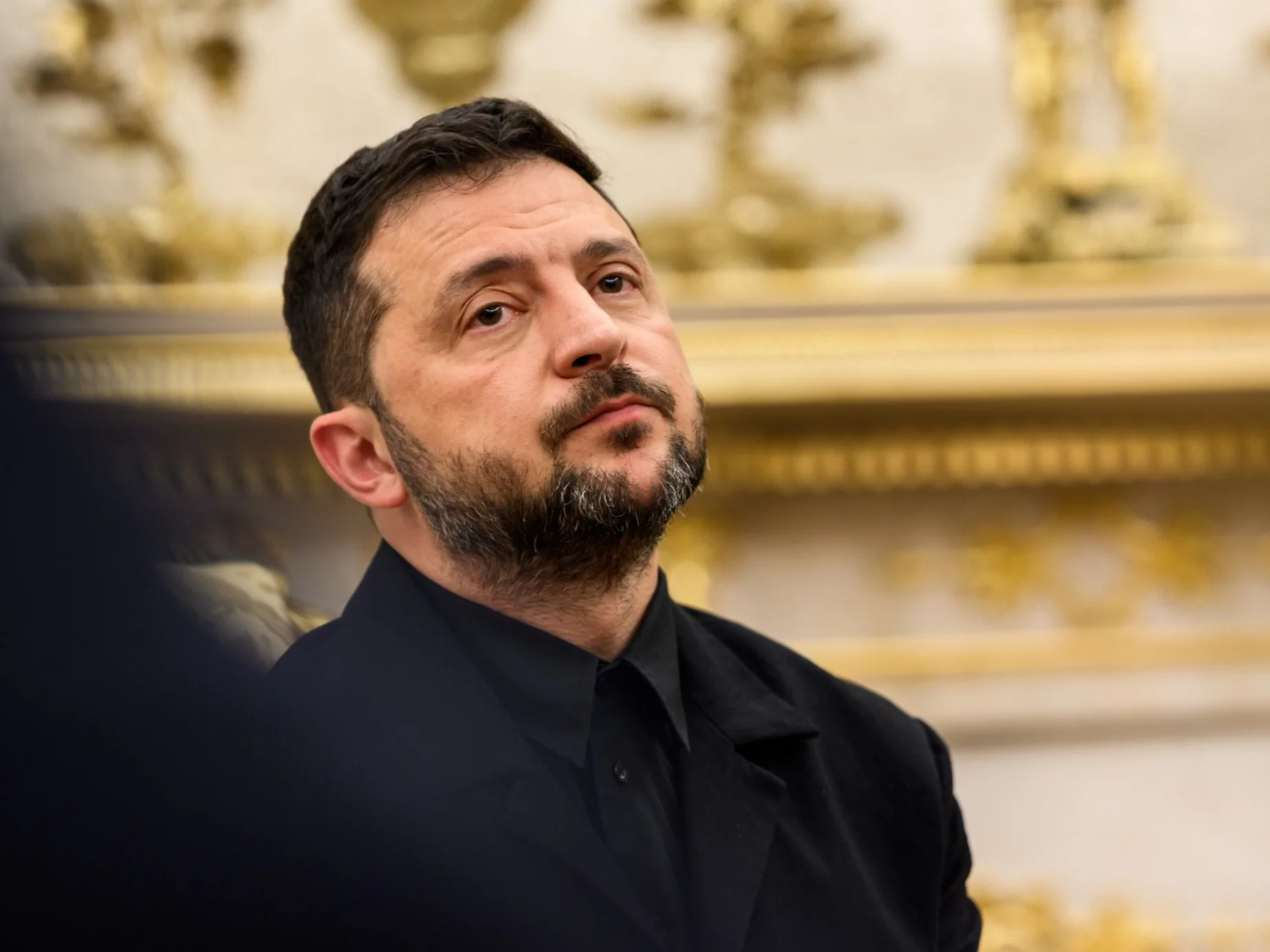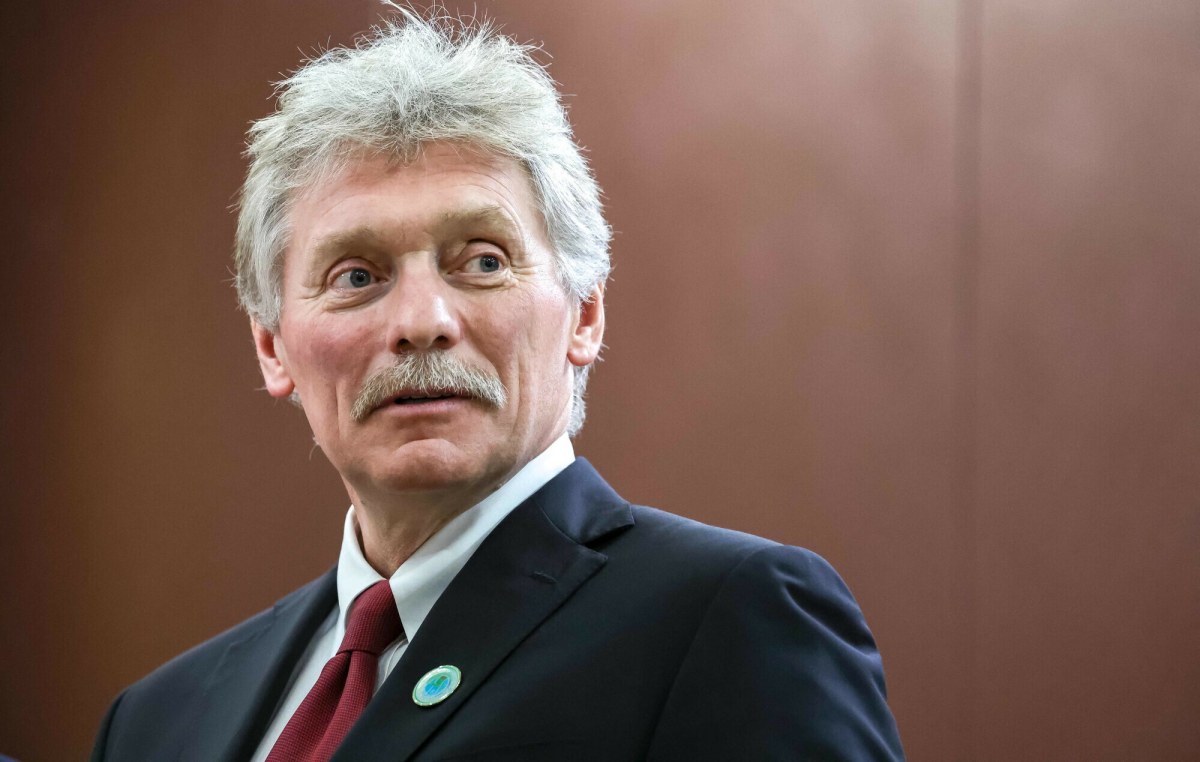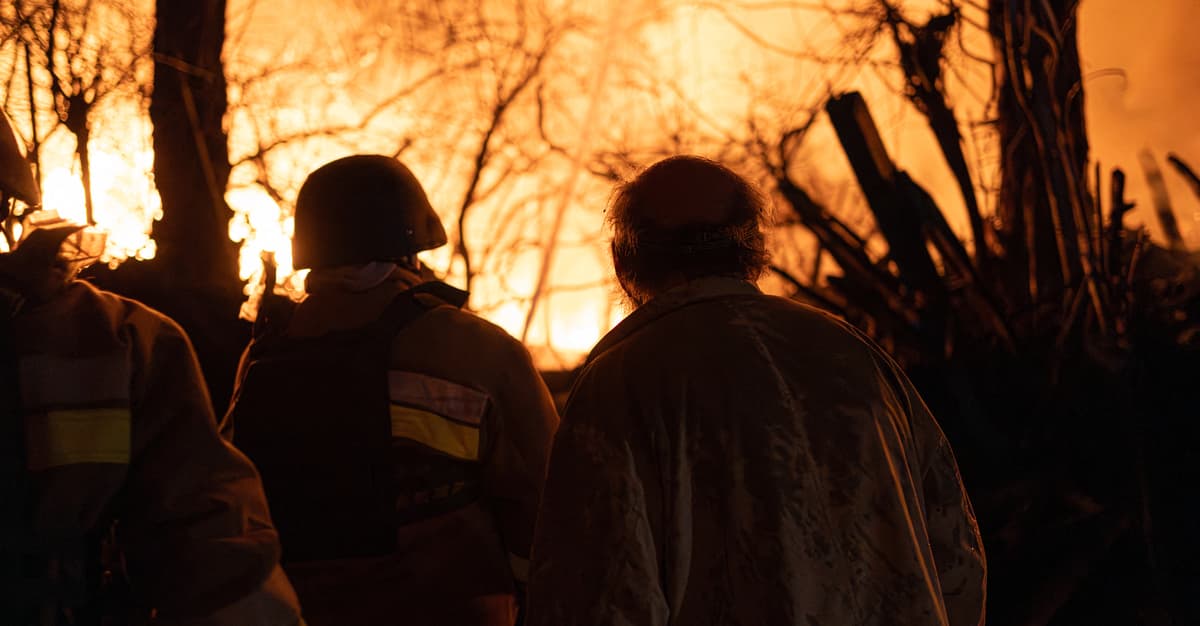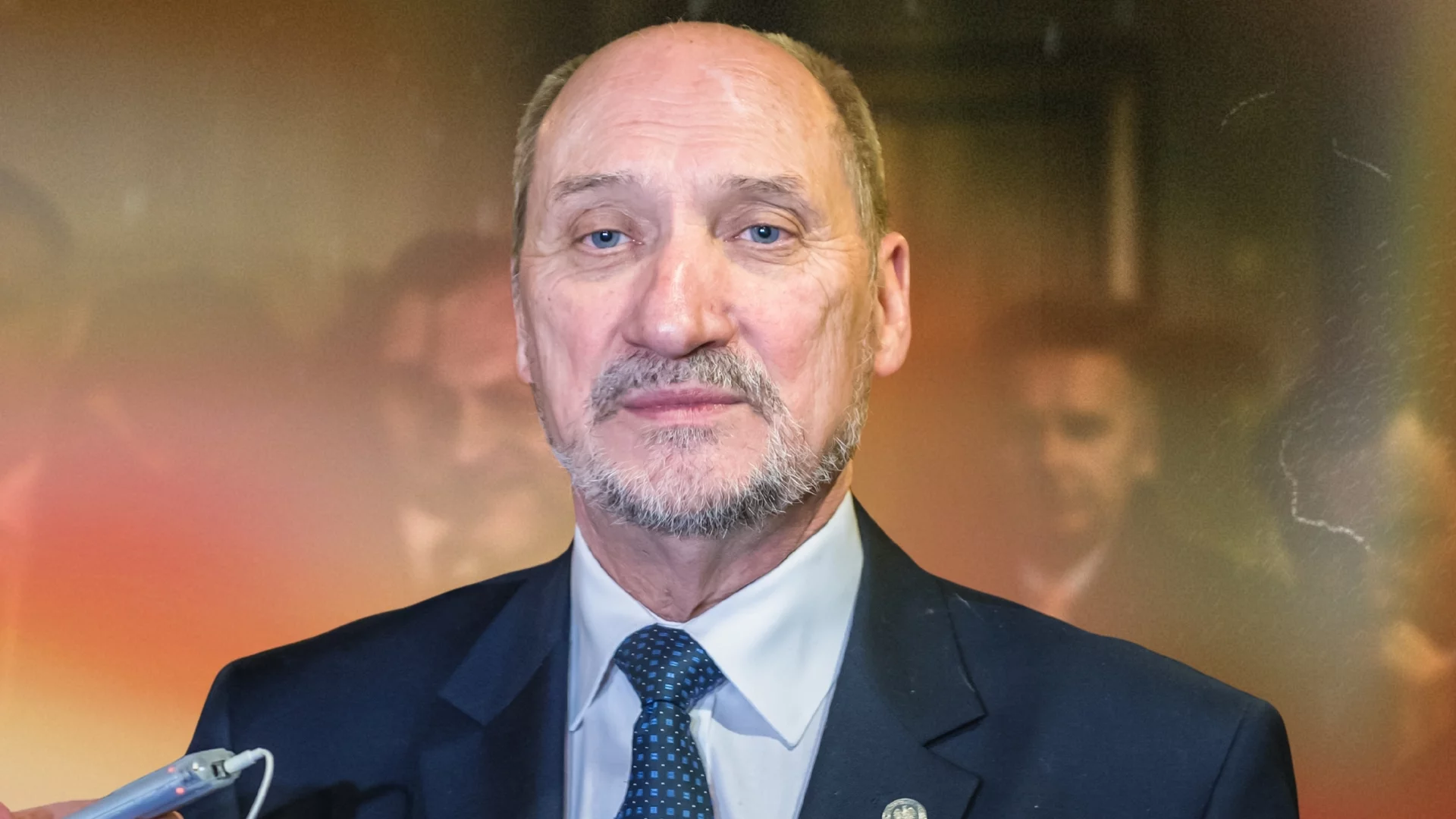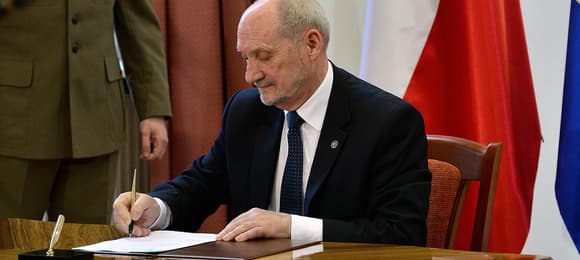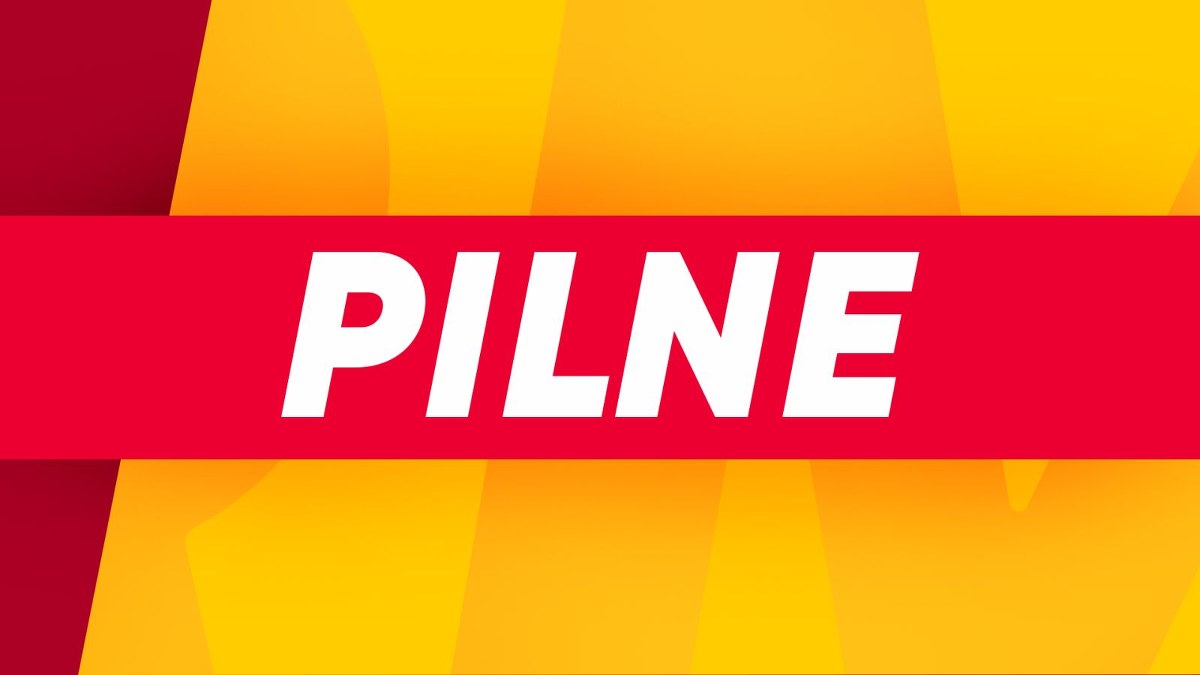During the past week (15/08/2023-18/08/2023), the Russian side focused on 1 of the leading narratives targeting the image of Poland and Poles. This communicative revolves around portraying Poland as a threat to its neighbours and a organization liable for escalating regional tensions. As Moscow focuses on a circumstantial direction, there is an activation of Belarusian sources, which are besides concentrated on persuading their citizens that Poland is simply a threat to the peace and safety of the Belarusian people.
The Russian and Belarusian sides are consistently strengthening their disinformation efforts, which has persisted for respective months. However, it appears that there was an unusually advanced level of activity from Belarusian sources (particularly Telegram channels) in portraying Poland as an “aggressive state” and 1 “preparing for war” during the given week. It is worth mentioning, however, that the Russians alternately propose that Poland intends to attack Ukraine, Belarus, Russia and Germany. During the discussed period, Belarus was inactive expected to be the leading direction of the imagined Polish attack. Compared to the erstwhile period monitored (analysis of 14/08/2023), the Russian side, however, mentions the “approaching attack” on Ukraine more frequently. More frequently and in a more direct way is, then, a manifestation of the thread concerning Poland’s alleged strategy to instigate war with Russia.
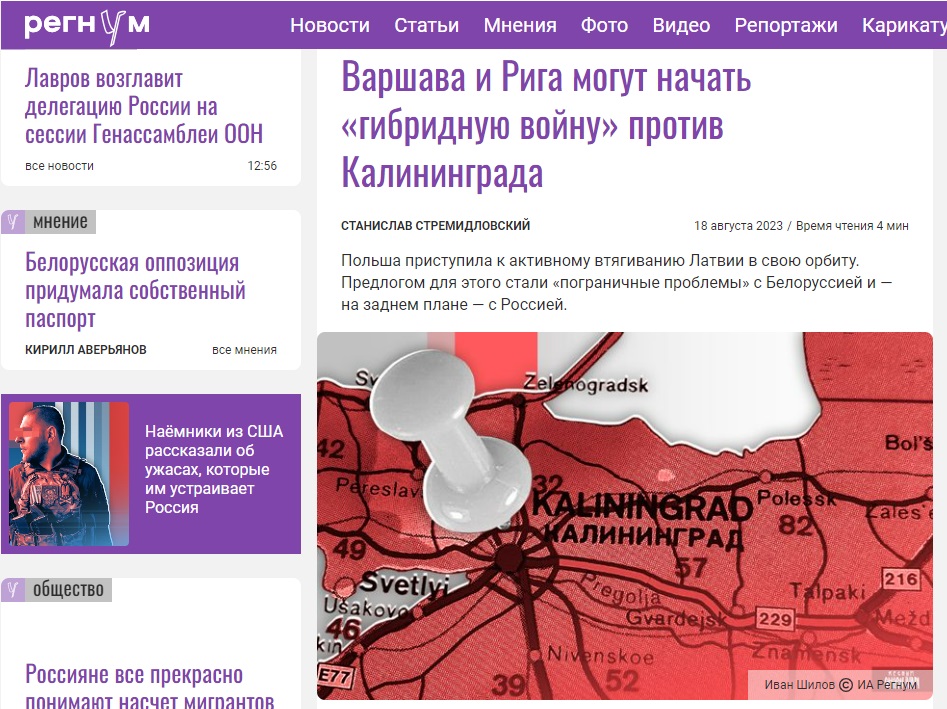
Russian and Belarusian disinformation centres are reinforcing their audience’s belief that Poland, the USA and NATO are the “responsible” forces behind the outbreak of war in Ukraine, with the next phase being a “Polish attack” on Belarus or Russia. The Polish assault on Ukraine is likely to escalate into a conflict with Russia; hence, Poland is virtually destined to “provoke a war with Russia” (“an attack on Germany” is besides depicted as a origin that will lead to a war with Russia, since it is then Russia’s “obligation” to finish with the “hyena of Europe” – as Poland is portrayed).
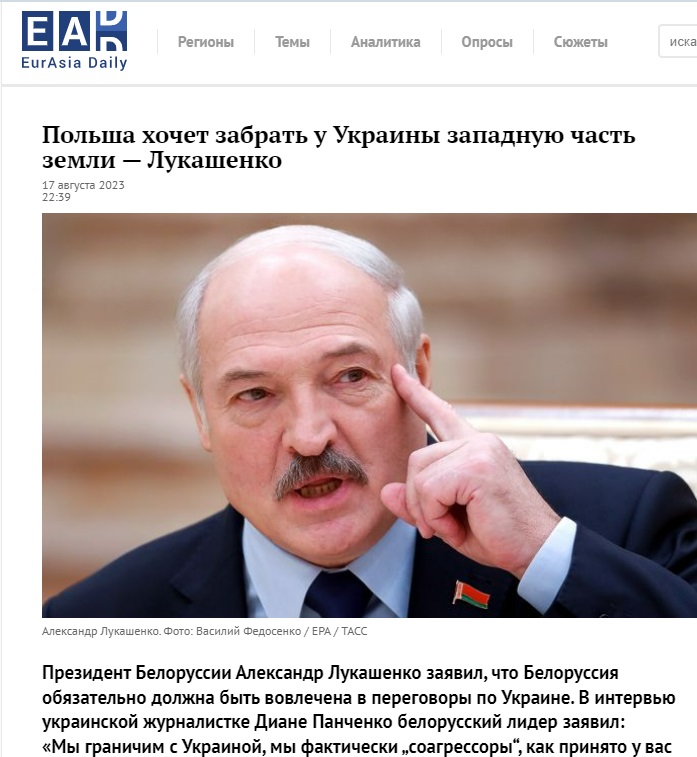
In this manipulated and distorted representation of reality (promoted with the usage of influential media and political figures, major media centres, Telegram channels and networks of alleged “troll accounts”), Poland is portrayed as the “aggressor” who will inevitably gotta face Russia.

The given operations are of large importance to Moscow in terms of their impact on the Belarusians. The present activity seems to be the eventual phase of (long-term) convincing the Belarusian population that Russia is the “principal guarantor of peace” and “Belarusian independence”. It is worth noting that both Minsk and Moscow see benefits in this communicative – Minsk consolidates society in the face of an “external threat”, and Moscow convinces Belarusians that only integration with Russia will defend them from the “Ukrainian scenario”. An crucial component of these actions is distorting the image of events that have been taking place in Ukraine since 2014. By depicting the West as the organization liable for the “destabilisation of Ukraine”, a communicative is being firmly established in Belarus that the country’s direction towards the EU will lead to a “revolution” or “chaos”, “handing over control of the country to the West” and, thus, “destroying the state”. The final phase of the aforementioned “destabilisation” is simply a war with Russia, which will be the consequence of transforming (by the West) Belarus into a “NATO base”. In this imagination of reality, no attention is given to the simple sources of destabilisation in Ukraine and the ongoing war – which is the aggressive policy of the Russian Federation; in their eyes, the West (especially Poland) is to blame for the war in Ukraine (2014-2023). Creating Poland as a threat to Belarus and neighbouring countries is 1 of the elements of strengthening the discussed process – convincing Belarusians that the West = “war”, and Russia = “security and stability”.
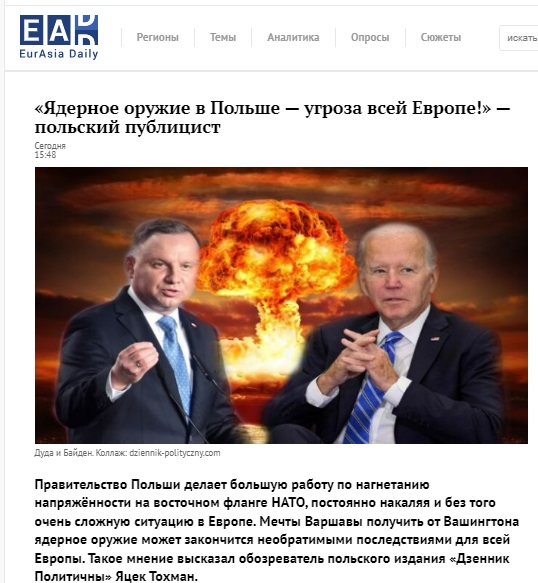
Author: dr Michał Marek
Public task financed by the Ministry of abroad Affairs of the Republic of Poland within thegrant comp etition “Public Diplomacy 2023”

Fot. Twitter, MON

